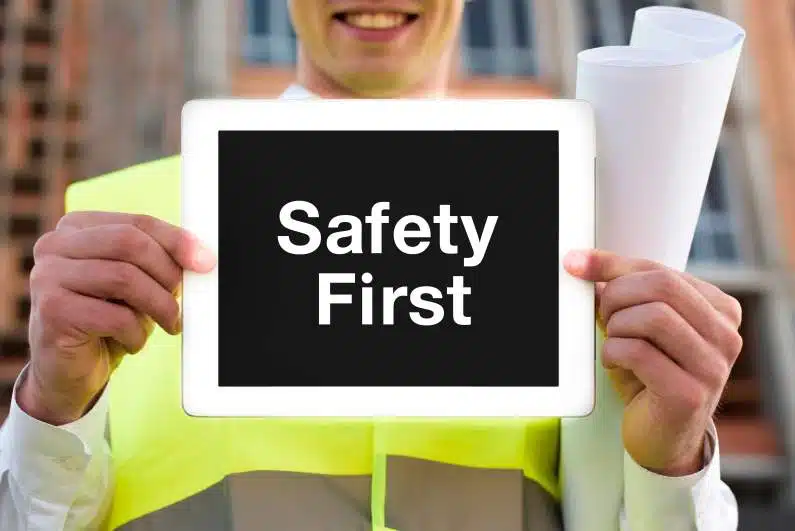While webinars offer many significant advantages for building brand loyalty and recognition, you can only realize these benefits if you’re prepared to spend real time and money developing a high-quality product.
It stands to reason that, wherever possible, you’ll want to achieve maximum bang for your buck by reaching a wide audience across multiple languages.
But how do you make that happen? Let’s face it, organizing a webinar in one language is hard enough!
There’s no denying that developing a multilingual webinar is complex, but if you’re ready to take the linguistic leap, observing the tips in this guide will help you establish a solid foundation.
Choose a Multi-Language Capable Webinar Platform
First things first: invest in software that specifically caters to multi-language webinars. Instantly, you’ll gain tons of shortcuts for producing mirrored parallel multilingual content that’d take you hours to replicate manually.
WebinarJam is a great option to consider. You’ll find a detailed review of how the whole platform works here: ecosecretariat.org/webinarjam-review/.
Using this product, you can select your preferred language and translate all your customer-facing pages accordingly.
You end up with the same webinar experience across all your target languages, including landing pages, emails, surveys, and any other supporting paraphernalia you use to market and run your webinar experience.
This makes your life a whole lot easier and means that your clients have the same quality of experience, no matter that language they speak.
Build the Right Team
You’ll also need the right kind of skill sets around you. For instance, you will want a professional human translator for anything but the most rudimentary of translation tasks.
Yes, there are automated translation tools out there, but we aren’t at a point where these services deliver satisfactory listening experiences for your non-English speaking audiences.
Ideally, you’ll work with a native translator who not only has an in-depth knowledge of the target language and culture, but also has experience translating webinars and content specific to your sector.
You should also aim to work with a translation agency that offers localization services.
You may also need additional admin help.
Since you’ll require separate pages, preparation materials, and other supporting information when developing your multilingual webinar, which all amounts to more time.
Outsourcing tasks to qualified professionals can be a smart investment in the long run.
Adapt Your Content for Each Target Region
Now, let’s be clear here; not all content needs to be localized.
If you’re selling a universal product or service, and it’s simply unnecessary to reference the outside world, building a largely generic presentation will make your life much easier.
However, whenever you’re targeting a specific demographic in another culture, spending time talking about how and why your information applies to their local setting is likely to be an important step.
Relevant local information will increase your relevance. This will impact not just your content preparation, but also typography, page layout, and even your navigation elements.
Do your research, ask for feedback, and embrace the cultural differences.
The cost here (beyond the obvious monetary expense) is that in order to establish relevance across languages, you may need to make compromises or change your style of delivery.
Humor, for example, is extremely difficult to pull off when speaking to a diverse cultural audience.
Narrow Your Scope
You can get more done when you are delivering content only to people who speak your language. There are countless little shorthands, both cultural and linguistic, that mean you can get from point one to point ten without stopping along the way.
Unfortunately, the exact opposite can be said for a multilingual webinar. One of the greatest challenges of developing any kind of multilingual content is that you’ll likely need to exchange a lot more contextual information before you’re able to get to your core content.
What you might have been able to say in 20 minutes might suddenly require an hour or more.
As you prepare a multilingual webinar, it’s important to embrace the fact that you’ll cover a lot less ground.
You’ll need to be sure to carefully edit your content down to the bare minimum, and if you find you have extra bonus content you really want to share, place it in additional notes or in a dedicated single-language webinar.
Write for Your Translator
You aren’t just writing content for your audience when you’re preparing a multilingual webinar.
You’re also writing for your translator. After all, they’ll need to understand you perfectly before anyone else can — and not just your subject matter, but more broadly, where you’re coming from as a presenter and business person.
In writing your content, simplify your prose as much as possible, avoid abstractions, and clearly signal what your listener should prioritize as their take-home messages.
One classic challenge in multilingual material is section transitions.
Make sure your translator knows when to signal that the content is shifting from one topic area to another so that your target audience has the best possible chance of intuiting how the knowledge fits together.
It can help greatly if you communicate with your translators. Set them up with the broad context of your presentation before they begin translation.
The Takeaway
Multilingual webinars aren’t easy to put together, but if you narrow your scope, build a solid team around you, and use the right products, you can get your message out to a much bigger audience.
At BeTranslated, our skilled team of translators has a wide range of expertise and knowledge, so you’re bound to find the perfect translator for you.
Whether you’re aiming at the European market and need to translate your webinars into languages such as French and Italian, or the Asian market and are looking for translators of languages like Japanese.
Contact us today for more information or a free, no-obligation quote.
Try ClickMeeting MyWebinars – The new, affordable, do-it-yourself webinar service. Free Trial – No installation required.






